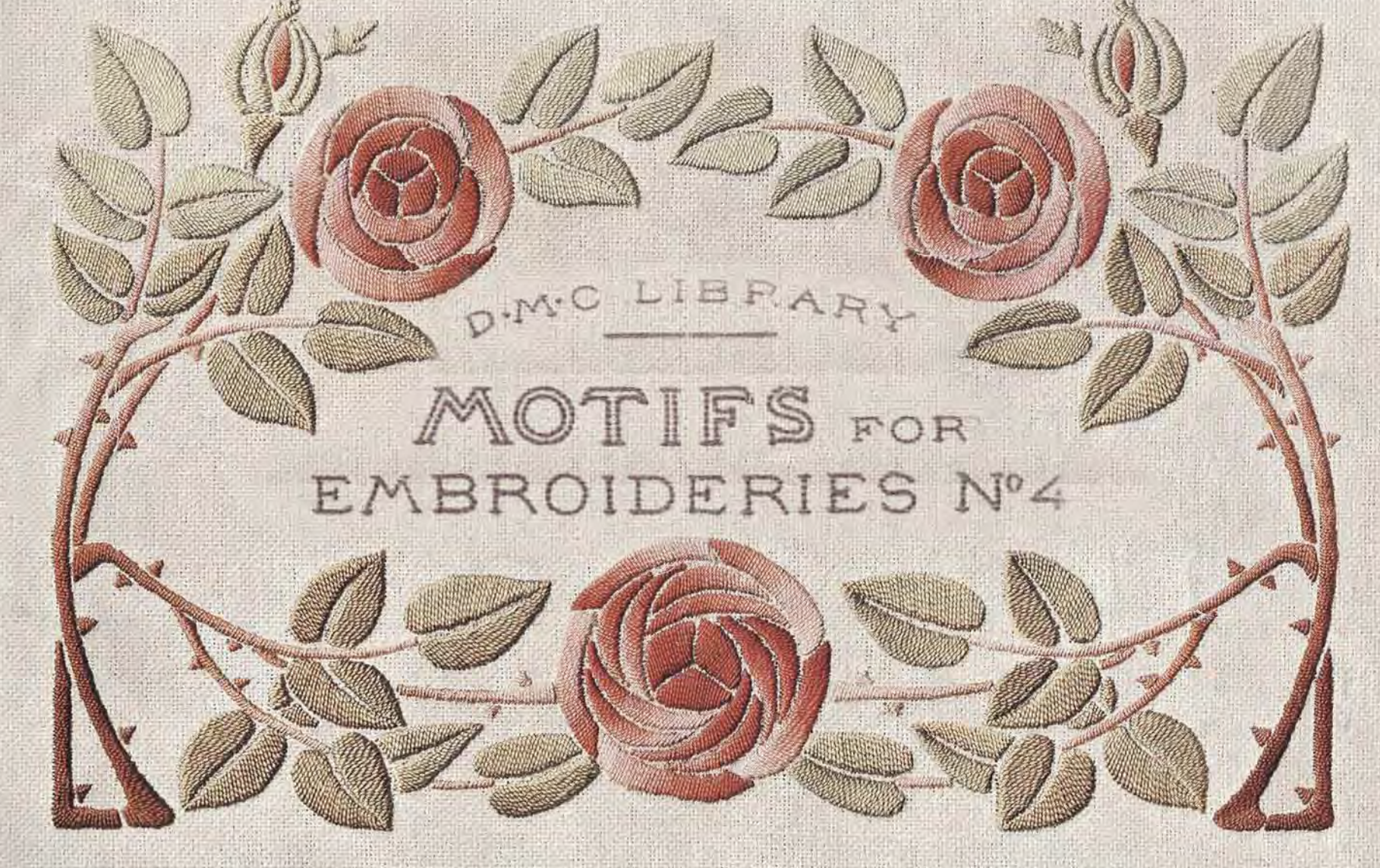Snowy White Linen Tape Tutorial
Have you ever run across sewing notions that used to exist, but seem to have completely vanished? I recently ran into this problem when I went looking for some white linen tape to bind an 18th c. pocket.
Over the last few years I have fallen in love with 18th century clothing. I started out exclusively sewing by machine, but before long found myself enticed by the hand sewing techniques of the era, as well. In many cases I’ve discovered that hand sewing produces results that I couldn’t achieve by machine, and in others, I’ve found that I just prefer the way it looks. Then I realized if I’m going to take the time and effort to hand sew, I also want to use the most period appropriate materials I can find, which opened up yet another topic of research and learning.
I’ve always been a sucker for bound seams (even when serging would be way faster), and found myself draw to 18th century items where bound edges made construction neat and simple. One of the first items I saw was a pair of baby booties where the pieces were bound in tape before being whipstitched together, and it just made so much sense. You can also use tape to bind the tops of aprons and petticoats, bind the edges of pockets, and cover seams on stays, just to name a few.
When I went looking for tape to use, I mainly found two choices – an unbleached Dutch linen tape and a white cotton twill tape. From one viewpoint, linen fiber and a plain weave are more appropriate for the period. However, the color of the linen tape isn’t what you see on aprons and pockets in museums, so the look of the white cotton may be preferable in those applications. Ideally, you’d want a white linen tape with a plain weave, but I’ve had no luck at all in finding any.
I bought my supplies from Burnley and Trowbridge, and they were very helpful about suggesting tapes for my many different projects. I ended up deciding on the unbleached linen tape, and they recommended that I try bleaching it to a lighter color. This results in a pretty cream color that is suitable for most applications, but I still wanted white linen tape to match the delicate cotton lawn I had in mind for an apron.
My next thought was to try some RIT Color Remover* and see if that came out any closer to white. Since it was a small amount of tape, I only used about 2 tsps of the color remover. To my horror, I found that as soon as I added the powder, it turned the tape a brighter orange-brown shade that was not at all an improvement. However, once I washed and rinsed the tape, it went back to the original greyish-brown, and didn’t seem changed at all. 
At this point I was frustrated and tired of experimenting, so just decided to bleach the tape and accept that cream was as close as I could get. First, I washed the tape really, REALLY well since the color remover is ammonia-based and bleach and ammonia DO NOT mix. Then I bleached it, and was surprised to find that instead of the cream I was expecting, I ended up with white linen tape. Woohoo!
Even though the color remover didn’t make a visible difference, it changed the tape just enough that the bleach was able to take out the rest of the color. Below you can see the contrast between the tape where I used bleach alone, and the tape where I used color remover followed by bleach. Even though it’s a bit more work, I’m a lot happier with the end product. 
Here’s a comparison of all 4 stages of the linen tape:
- Linen tape right off the roll.
- Linen tape after color remover.
- Linen tape with bleach only.
- Linen tape with color remover, washed well, followed by bleach.
I’ll still use the unbleached linen for binding petticoats and in places where the natural linen makes a nice contrast to my fabric. However, I’m happy to have a supply of white linen tape to use on aprons, pockets, and other delicate projects. I like it enough that I just made a bigger batch so I could use this tape on custom order pockets. 
Speaking of pockets, if you’ve been thinking about making a pocket or apron for holiday gift giving (or yourself), I’m running a giveaway for newsletter subscribers right now.I’m giving away one $25 and one $10 gift certificate to the shop, just in time for a pre-holiday sale on accessory designs and custom orders. If you’re not already on the mailing list, you can subscribe now and still have time to enter the drawing before I announce the winners on October 30th. You’ll also be the first to hear when hand embroidery designs and the new fichu pattern are available, which I’m hoping to have online before the sale ends.



*Some of the links above are affiliate links, meaning, at no additional cost to you, I will earn a commission if you choose to make a purchase. I only recommend products or services I use personally and believe will add value to my readers. If you want to see a full list of the products I use, check out the Products I Love page.



 Previous Post
Previous Post Next Post
Next Post
